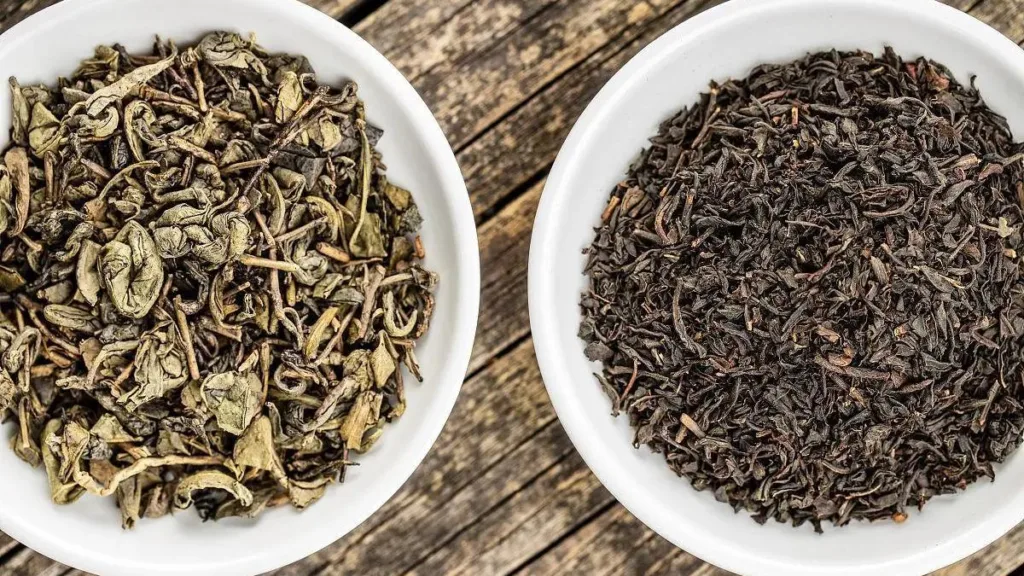How much water should you put in a typical Chinese tea pot? This question might seem straightforward, but it involves several considerations that can significantly impact your tea-drinking experience. In the world of Chinese tea culture, the amount of water you add to your teapot is not a matter of mere convenience but a critical factor that affects the flavor and enjoyment of your tea.
When it comes to brewing tea, many tea enthusiasts tend to overlook a crucial detail: the water level in the teapot. It’s common for people to fill their teapots to the brim, thinking that more water means more tea. However, this practice is not always ideal, and it often leads to suboptimal tea. Let’s delve into the nuances of how much water is appropriate for a typical Chinese tea pot and why it matters.
Tea pots come in various sizes, shapes, and materials, making it important to understand that the capacity of a teapot isn’t solely determined by its volume. Instead, it should be based on the size of the tea cups or bowls you plan to use. Before you start brewing tea, consider the size of your tea cups and think about how many people you want to serve with each infusion. The amount of water you add to your teapot depends on the type of tea, the preferences of the tea drinkers, and your brewing habits.
Different teas require different water-to-tea ratios. For example, when brewing common black or green teas, a general guideline is to use about 3 grams of tea leaves for every 150-200 milliliters of water. This ratio equates to roughly 1:50 to 1:60, meaning you would add 3 grams of dried tea leaves to 150-200 milliliters of boiling water. However, the ratio can vary depending on your taste preferences. For aged or compressed teas like pu-erh, you might use 5-10 grams of tea leaves for a similar amount of water.
When using a teapot, you should adapt the water amount to the pot’s capacity. If you have a smaller teapot, you might use less water, and if your teapot is larger, you can use more water. The key is to maintain a balanced water-to-tea ratio to ensure that the flavor of the tea is neither too strong nor too weak.
There’s a Chinese saying that goes, “A small teapot is more valuable, as it allows each guest to pour their own tea and enjoy it at their own pace. A small teapot retains the fragrance without dispersing it and doesn’t delay the taste.”
The size of your teapot should be proportional to the number of guests you plan to serve. In traditional Chinese tea ceremonies, a typical tea cup used for tasting is around 60 milliliters. Therefore, if you plan to share tea with a few friends, a teapot with a capacity of around 200 milliliters should suffice.
In addition to the size of the teapot and the tea cups, the type of tea you’re brewing also plays a significant role in determining the water-to-tea ratio. As mentioned earlier, different teas have different requirements. Some teas, like oolong tea, may require a higher leaf-to-water ratio, while others, like green tea, may require less tea and more water.
So, in summary, how much water you should add to a typical Chinese teapot is a matter of balance and personal preference. It’s essential to consider the capacity of your teapot, the size of your tea cups, and the type of tea you’re brewing. By striking the right balance between these factors, you can ensure that you brew a perfect pot of tea that suits your taste and provides an enjoyable tea-drinking experience. Remember that in the world of Chinese tea, it’s the details that make all the difference.



